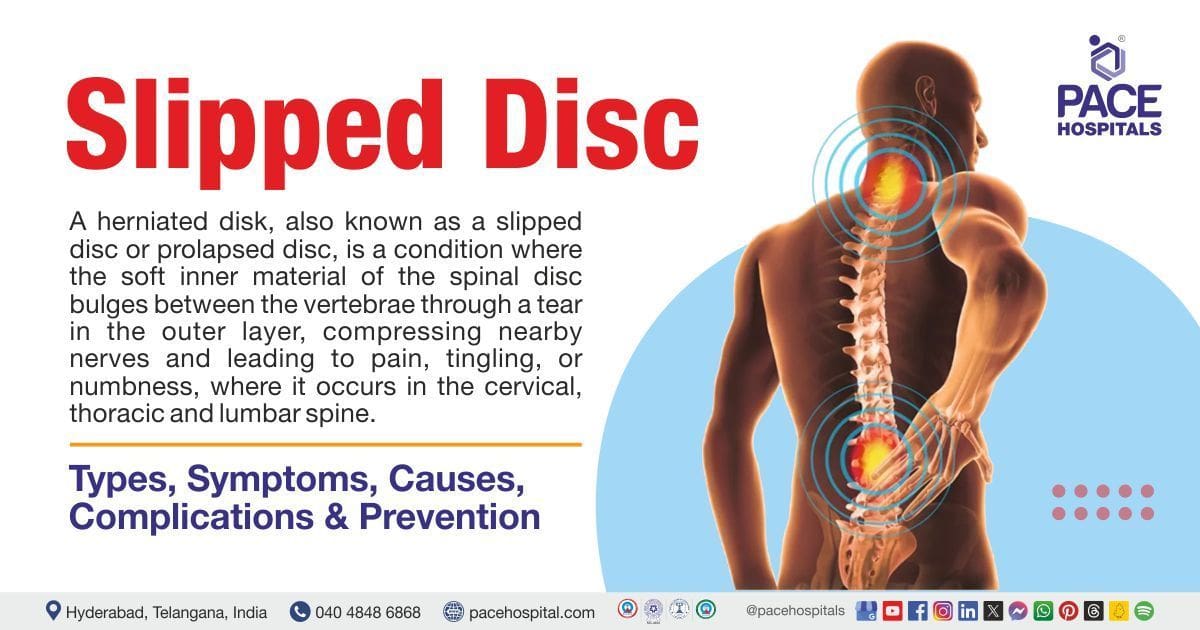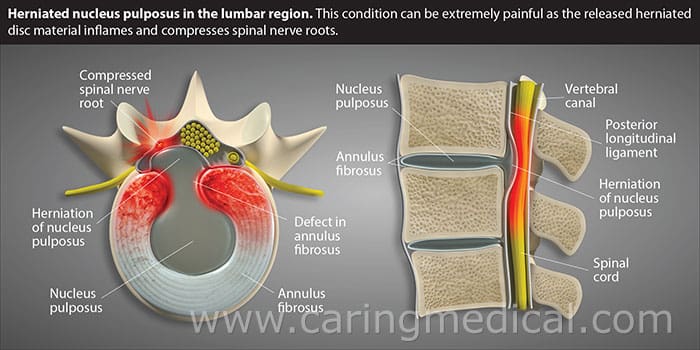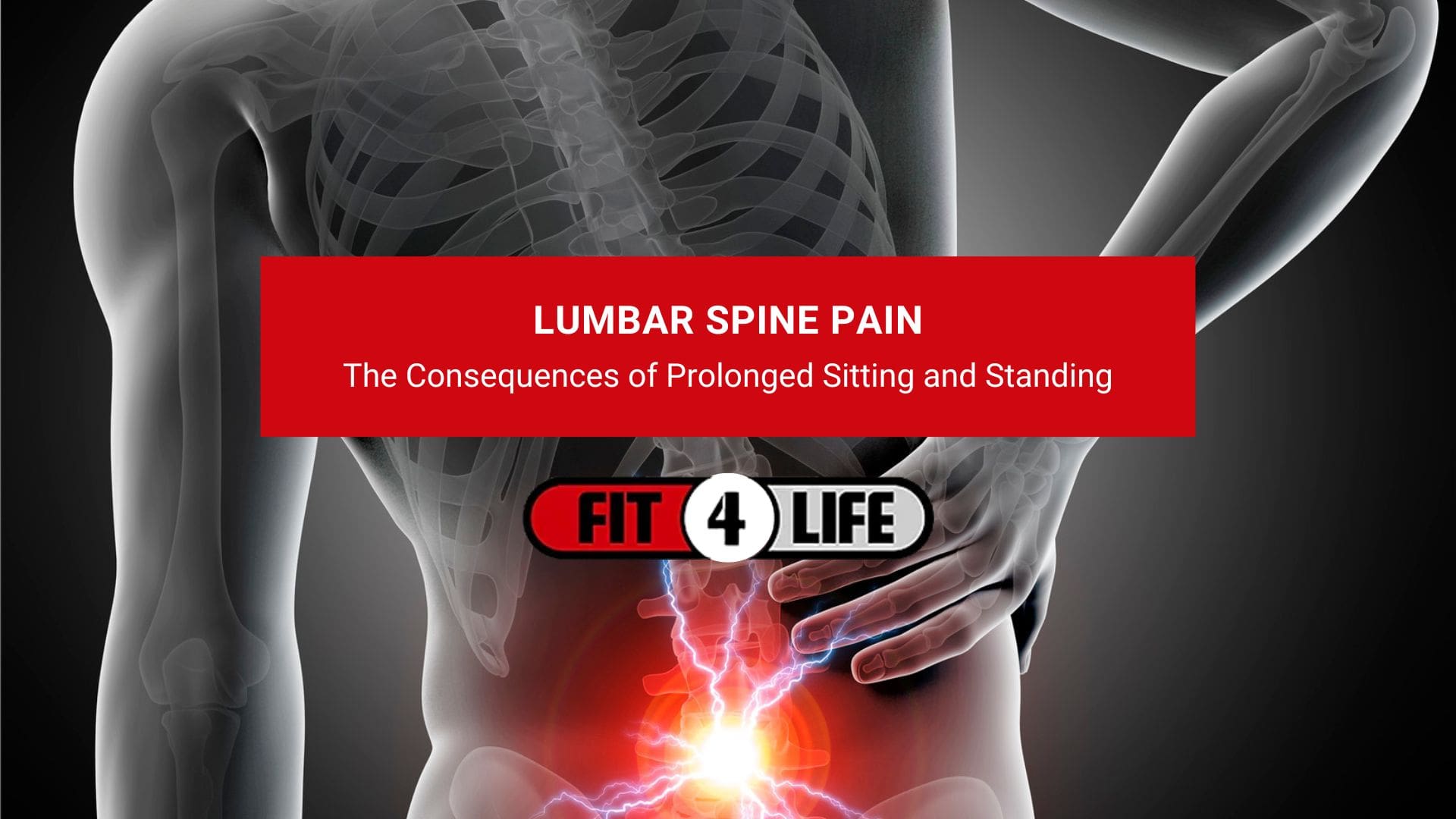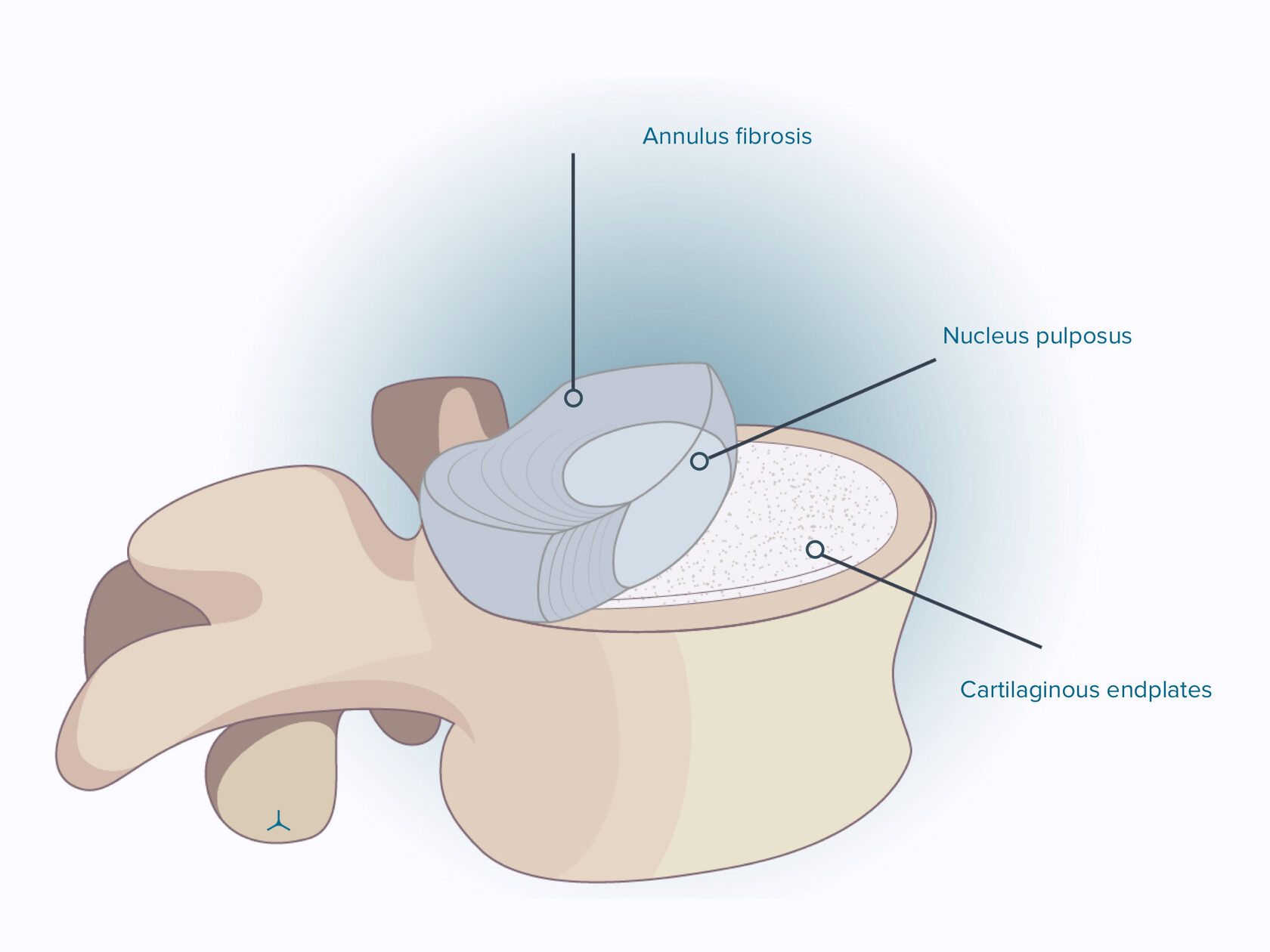Hello there! Have you ever wondered about the effects of prolonged sitting on disc protrusion? Prolonged sitting can actually put a lot of pressure on your spinal discs, leading to issues like disc protrusion. This can result in pain, numbness, and tingling in your back and legs. It’s important to be aware of how your sitting habits can impact your spinal health and take steps to prevent any potential issues. Let’s explore some ways to mitigate the effects of prolonged sitting on disc protrusion. What Are The Effects Of Prolonged Sitting On Disc Protrusion?
Hey there! Have you ever wondered what sitting for prolonged periods of time can do to your spine? In this article, we’ll explore the effects of prolonged sitting on disc protrusion. Let’s dive in and understand how your sitting habits may be impacting your spinal health.
Understanding Disc Protrusion
Disc protrusion, also known as a herniated disc, occurs when the soft inner gel-like substance of a spinal disc bulges out through a tear in the tough outer layer. This can put pressure on nearby nerves, leading to pain, numbness, and weakness in the affected area. Disc protrusion can occur in any part of the spine, but it is most common in the lower back (lumbar spine) and neck (cervical spine).
How Does Prolonged Sitting Contribute to Disc Protrusion?
When you sit for long periods of time, especially in a position that places excessive pressure on your spine, it can lead to increased stress on the spinal discs. The constant pressure and compression on the discs can cause them to weaken over time, making them more susceptible to bulging or herniating.
The prolonged sitting posture also tends to promote poor spinal alignment, leading to increased strain on certain areas of the spine. This can further exacerbate disc protrusion by placing uneven pressure on the discs and causing them to bulge outwards.

Effects of Prolonged Sitting on Disc Health
Sitting for extended periods not only contributes to disc protrusion but also has other negative effects on disc health. Let’s take a closer look at how prolonged sitting impacts the health of your spinal discs.
Reduced Nutrient Exchange
Sitting restricts blood flow to the spinal discs, hindering the exchange of nutrients and waste products. This can compromise the disc’s ability to repair and maintain its structure, leading to degeneration and weakening of the disc over time. Adequate movement and weight-bearing activities are essential for promoting nutrient exchange within the discs.
Muscle Deconditioning
Prolonged sitting leads to muscle deconditioning, particularly in the core, back, and hip muscles that support the spine. Weak muscles are less effective at stabilizing the spine and absorbing shock, increasing the risk of disc injuries and other spinal issues. Regular exercise and strength training are crucial for maintaining muscle strength and spinal stability.
Increased Risk of Compression
Sitting compresses the spinal discs more than standing or lying down, especially when combined with poor posture or improper ergonomics. This compression can gradually wear down the discs and increase the likelihood of disc protrusion or herniation. Taking frequent breaks to stand, stretch, and move around can help alleviate spinal compression and reduce the risk of disc issues.
Preventing Disc Protrusion from Prolonged Sitting
Now that we’ve explored how prolonged sitting can affect disc protrusion, let’s discuss some tips to prevent disc issues and promote spinal health while sitting for extended periods.
Practice Good Posture
Maintaining proper posture while sitting is crucial for reducing strain on your spine and discs. Sit up straight with your shoulders back, and avoid slouching or hunching over. Use a supportive chair with lumbar support to help maintain the natural curve of your spine.
Take Regular Breaks
It’s essential to take regular breaks from sitting to stand up, stretch, and move around. Aim to stand up and walk around every 30 minutes to alleviate pressure on your spine and promote blood flow to the discs. Set a timer or use an app to remind yourself to take breaks throughout the day.
Use Ergonomic Support
Invest in ergonomic equipment such as an adjustable chair, keyboard, and monitor to create a comfortable and spine-friendly workspace. Adjust your chair height, keyboard position, and monitor height to maintain neutral posture and reduce strain on your spine while sitting.
Stay Active
Incorporate regular physical activity into your daily routine to keep your spine and muscles strong and healthy. Engage in activities like walking, swimming, yoga, or strength training to improve posture, flexibility, and core strength. Regular exercise can also help prevent disc protrusion and other spinal issues.
Practice Core Strengthening Exercises
Focus on strengthening your core muscles, including the abdominals, obliques, and lower back muscles, to support your spine and reduce the risk of disc injuries. Exercises such as planks, bird dogs, and bridges can help improve spinal stability and alignment, protecting your discs from damage.
Seeking Professional Help
If you’re experiencing symptoms of disc protrusion, such as back pain, numbness, or weakness, it’s essential to seek professional help from a healthcare provider. A medical professional can evaluate your symptoms, conduct diagnostic tests if needed, and recommend appropriate treatment options to manage your condition.
Medical Treatments
Depending on the severity of your disc protrusion, your healthcare provider may recommend various treatments to help alleviate your symptoms and promote healing. These treatments may include physical therapy, medication, injections, or in severe cases, surgery to repair the damaged disc.
Chiropractic Care
Chiropractic care can be beneficial for treating disc protrusion by realigning the spine, relieving nerve compression, and reducing pain and inflammation. A chiropractor can provide spinal adjustments, manual therapies, and rehabilitative exercises to help improve spinal function and reduce disc protrusion symptoms.
Physical Therapy
Physical therapy can be an effective treatment option for disc protrusion, focusing on strengthening the muscles around the spine, improving flexibility, and restoring proper movement patterns. A physical therapist can design a personalized exercise program to address your specific needs and help you recover from disc issues.
Lifestyle Changes
Making lifestyle modifications such as improving your posture, staying active, and maintaining a healthy weight can also help prevent and manage disc protrusion. Adopting healthy habits and ergonomic practices can support your spine and reduce the risk of developing disc-related problems.

Conclusion
In conclusion, prolonged sitting can have detrimental effects on your spinal discs, increasing the risk of disc protrusion and other spinal issues. By understanding the impact of sitting on disc health and implementing preventive measures, you can protect your spine and maintain optimal spinal function.
Remember to prioritize good posture, take regular breaks from sitting, use ergonomic support, stay active, and seek professional help if needed to prevent and manage disc protrusion. Your spinal health is essential, so make sure to take care of your spine and prioritize its well-being in your daily routine. Stay mindful of your sitting habits and make positive changes to support a healthy and resilient spine.
If you have any questions or concerns about disc protrusion or spinal health, don’t hesitate to consult with a healthcare provider for personalized guidance and treatment recommendations. Take charge of your spinal health and make informed choices to protect your discs and maintain a strong and flexible spine for years to come. Thanks for reading, and take care of your spine!



